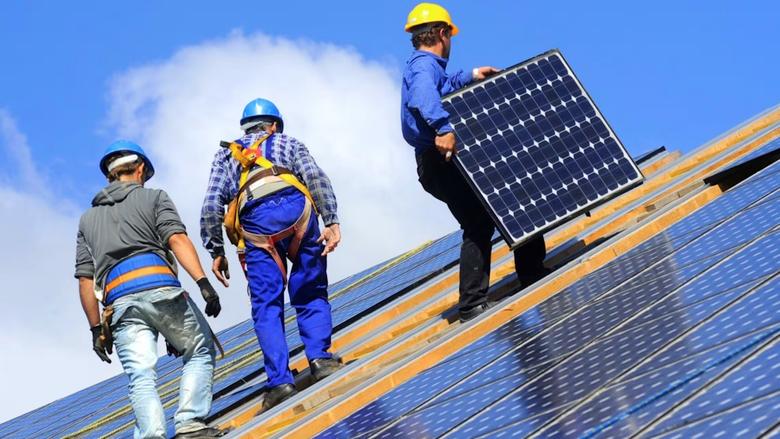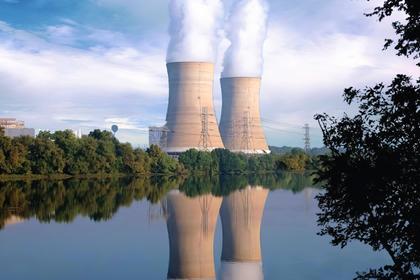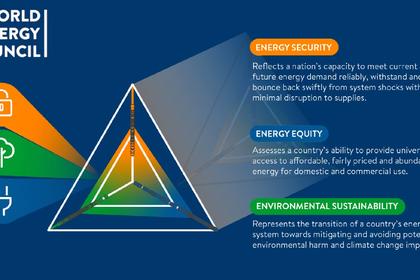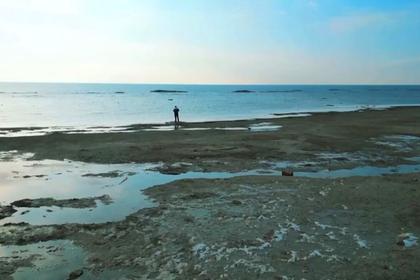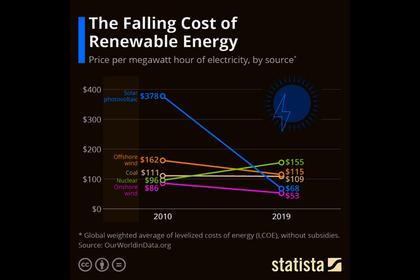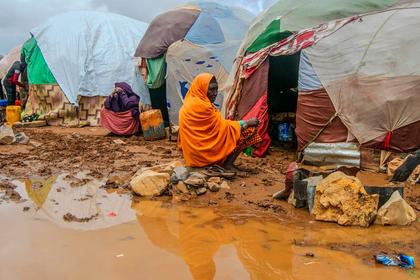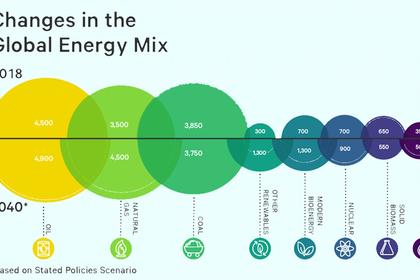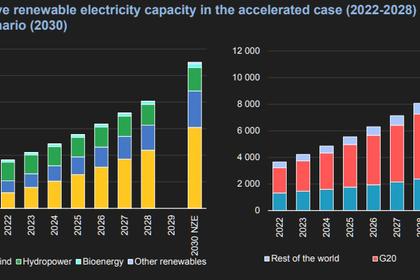Transforming the built environment and mitigating utility loss impacts on communities is not without challenges. Fortunately, each disaster offers lessons for adopting resilient energy systems.
Recent Natural Disasters Unveiling Cracks in Energy Resilience
Climate change has led to more severe natural disasters with profound socioeconomic and infrastructural effects. From 1960 to 2019, there was a 13-fold increase in natural catastrophes worldwide.
The U.S. alone has endured 400 weather and climate-related disasters since 1980 — the cumulative cost of these occurrences amounting to over $2.78 trillion. As of September 2024, 24 major disaster events each accumulated damage worth over $1 billion.
Recent disasters have included major hurricanes, tornado outbreaks, wildfires and flooding. Floods wreaked havoc on southwestern Connecticut in August 2024, with rainfall totals reaching 14.83 inches and 13.5 inches around Oxford over 24 hours — the final total is still undetermined.
In October 2024, Hurricane Milton made landfall on Florida’s Gulf Coast, sending a flurry of tornadoes and knocking out power for 3 million customers throughout the state. The storm came on the tail of Hurricane Helene just weeks before, which caused its own devastation, loss of life, displacements, disruption of essential services and widespread outages.
The pitfalls of the U.S. electric grid are becoming more apparent as natural disasters worsen. The grid is in dire need of upgrades to meet the power demand of the current population. Nearly 70% of the transmission lines are nearing the end of their life cycle, while the system struggles to keep up with the rapid electrification of infrastructure and transportation.
Energy Loss Impacts on Communities and the Built Environment
Power disruptions have tremendous impacts on the built environment and communities at large. For example, the February 2021 winter storm in Texas caused an outage for five days, resulting in hundreds of deaths by carbon monoxide poisoning, frigid temperatures and various health conditions. Many of the victims relied on electricity to operate critical medical equipment to treat chronic cardiovascular disease and diabetes.
In hotter climates, a downed grid means living without air conditioning and refrigeration, posing a much greater risk of heat stroke, food spoilage and foodborne illnesses.
Power loss is highly disruptive to infrastructure, hindering the availability of essential medical services, transportation networks, waste management facilities and communications. It often forces business closures, increases insurance claims and damages the energy infrastructure.
According to research, socially and economically vulnerable communities usually experience prolonged power outages after tropical cyclones compared to those who are more financially secure. Households from areas with fewer minorities also evacuate further from the disaster zone. The findings underscore the difficulty marginalized communities face as they attempt to prepare, cope and rebuild from a natural disaster.
Energy Consumption During and After Power Outages
A power outage is an immediate drop in energy demand on the grid. During this time, critical infrastructure — such as hospitals and emergency services — may use backup generators to remain operational, which consume fossil fuels.
The real problem occurs when power is restored. The spike in electricity demand as residences, businesses and electricity-dependent mechanisms turn on simultaneously may strain the grid with peak loads, causing additional blackouts and brownouts.
Lessons Learned: How to Improve Energy Resilience
If any good is to come from natural disasters, it is the lessons learned afterward. Each event highlights the importance of energy resilience and a potential path forward. By integrating innovative solutions into plans, communities can better prepare and mitigate the aftermaths of natural disasters.
Storage Technologies
Energy storage technologies are currently being prioritized, especially in integrating renewable alternatives. The U.S. uses five power storage systems — pumped-storage hydroelectric power, electrochemical batteries, solar-thermal energy storage, compressed air storage and flywheels.
Capacitors and superconducting magnetic storage are also in the research and developmental stages, intended to deliver additional electricity discharges when necessary.
Energy Usage Optimization
Optimizing energy usage during peak demand will improve efficiency and reliability during power outages. This could entail cutting-edge digital technologies and smart meters to create a smart grid. Installing energy-efficient and automated solutions in buildings also helps offset some electrical outputs according to occupancy and environmental conditions.
Energy management systems are another way commercial and industrial buildings can optimize power use. These systems help automate lighting and thermal controls based on occupancy.
Microgrid Utilization
Microgrids have proven invaluable during energy disruptions. These localized networks generate and distribute power separately from the grid, building resilience and enabling faster recovery.
Microgrids often use batteries or renewable energy sources like solar or wind. The U.S. Department of Energy (DOE) has invested $3.5 billion in grid-strengthening projects across 44 states. It hopes to deploy over 400 microgrids to communities through the Grid Resilience and Innovation Partnerships program.
Recommendations for Built Infrastructure
Energy-efficient structures are better prepared to handle the outcomes of disaster-induced power outages and are often capable of keeping the power on. The following are recommendations for creating a resilient building infrastructure.
Energy-Efficient Designs and Materials
New construction must consider energy-efficient designs and materials. For instance, homes should be elevated in flood zones, and using noncombustible materials will decrease fire risk.
Passive designs incorporating natural ventilation and lighting keep structures comfortable and lower their energy consumption. Additionally, adequate insulation throughout a building’s interiors and roof reduces reliance on heating and cooling systems by preventing air from escaping and regulating indoor temperatures.
Retrofitting for Energy Efficiency
Retrofitting existing commercial buildings and homes can significantly reduce electricity strains on the grid. For example, installing rooftop solar panels delivers clean energy to the structure while diverting excess power to the grid. It’s then stored as a backup for emergency power needs.
Other retrofits — energy-efficient lighting, smart thermostats, green roofs and low-flow faucets — can reduce building energy by 12% globally.
Energy Resilience Community Planning
Energy resilience planning helps communities mitigate electricity disruptions during natural disasters. The National Renewable Energy Laboratory has outlined several opportunities in addition to storage solutions and decentralized power sources.
One example is establishing resilience hubs, supporting communities by providing various services and resources — electricity, food, water, shelter and medical attention — before, during and after disasters. Safeguarding network infrastructure with robust security measures will also protect systems from cyberattacks during outages.
Prioritizing Energy Amid Increasing Natural Disasters
As long as climate change and weather events impact communities, the electricity grid will continue to show its wear and age. Industry professionals must mitigate the risks of power outages during extreme conditions by leaning into new technologies and strategies for energy resilience.
-----
This thought leadership article was originally shared with Energy Central's Grid Professionals Community Group. The communities are a place where professionals in the power industry can share, learn and connect in a collaborative environment. Join the Grid Professionals Community today and learn from others who work in the industry.

